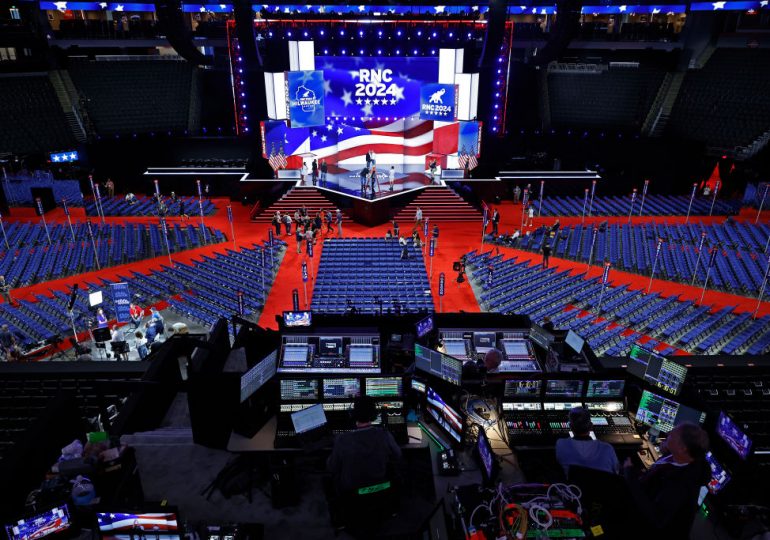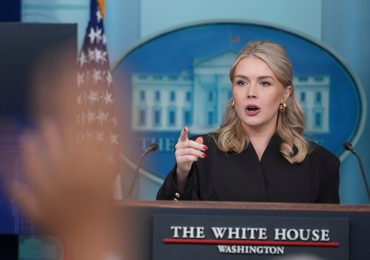The Republican National Convention (RNC) began Monday in Milwaukee, just two days after a gunman shot at former President Donald Trump at a Pennsylvania rally.
Trump was officially nominated as the Republican Party’s candidate for President on Monday afternoon—the same day that he announced Ohio Senator J.D. Vance as his running mate. In August, the Democratic National Convention (DNC) will be held in Chicago. The party has said that President Joe Biden will be officially nominated as the Democratic presidential nominee before the in-person convention starts.
[time-brightcove not-tgx=”true”]
Here’s how the presidential nominating conventions work.
When were the first conventions?
In the early 19th century, presidential candidates were largely decided by party-based congressional nominating caucuses. Party nominating conventions were created after the 1824 election, when no candidate was able to receive the majority of electoral votes. Senator Henry Clay of Kentucky was the first candidate to win the presidential nomination of his political party when his party, the National Republicans, conducted the first major national political convention in December 1931.
In the 1970s, both the RNC and DNC underwent major reform to give primary elections more power in deciding the presidential nominee.
How do conventions work?
Throughout the primary elections, voters decide between multiple presidential candidates as they cast their ballots. After a state’s primary vote, each candidate is awarded a number of delegates. Those delegates then typically cast official votes for the candidate at the convention.
The conventions, and the selection of each party’s presidential nominee, mark the end of the primary election, and the beginning of the general election, resulting in a single presidential candidate from each party. From senators to celebrities, a range of people are usually in attendance to speak and show their support for the party and candidate, and the candidate often gives a keynote speech.
Much of what occurs at the convention—including announcing the party’s platform and presumptive nominee—is now typically squared away long before the convention actually begins. “[With] the current system, we generally know who’s going to be the nominee before the convention,” says Barbara Norrander, a professor at the University of Arizona’s School of Government & Public Policy. “The conventions are more about advertisement for that candidate.”
What are delegates?
Delegates are people selected to represent their state or district and choose their party’s presidential candidate at the convention. They’re typically state and local party officials or activists, Norrander says.
Democrats and Republicans choose their delegates in different ways, but both parties have two different kinds of delegates. The first are those who are bound or pledged to particular candidates and chosen at state nominating events, according to a report about the presidential nominating process by the Congressional Research Service. Generally, these delegates have to vote for the candidate who won the primary in their state or district, Norrander says.
The second are those who are automatic delegates by virtue of the office they hold. For the Republican Party, these delegates are members of the Republican National Committee, and they’re usually obligated to vote for the candidate who won their state, according to the Brookings Institution. For the Democratic Party, delegates who are automatically selected may be members of the Democratic National Committee, members of Congress, governors, or distinguished party leaders, according to the report by the Congressional Research Service. These delegates are not bound to particular candidates.
Who can attend conventions?
Along with delegates, party officials and politicians, journalists, and celebrities often attend conventions. Among the speakers announced for the Republican convention this year, for example, are numerous members of Congress, two of Trump’s sons, country singer Lee Greenwood, and model and influencer Amber Rose.
Leave a comment








